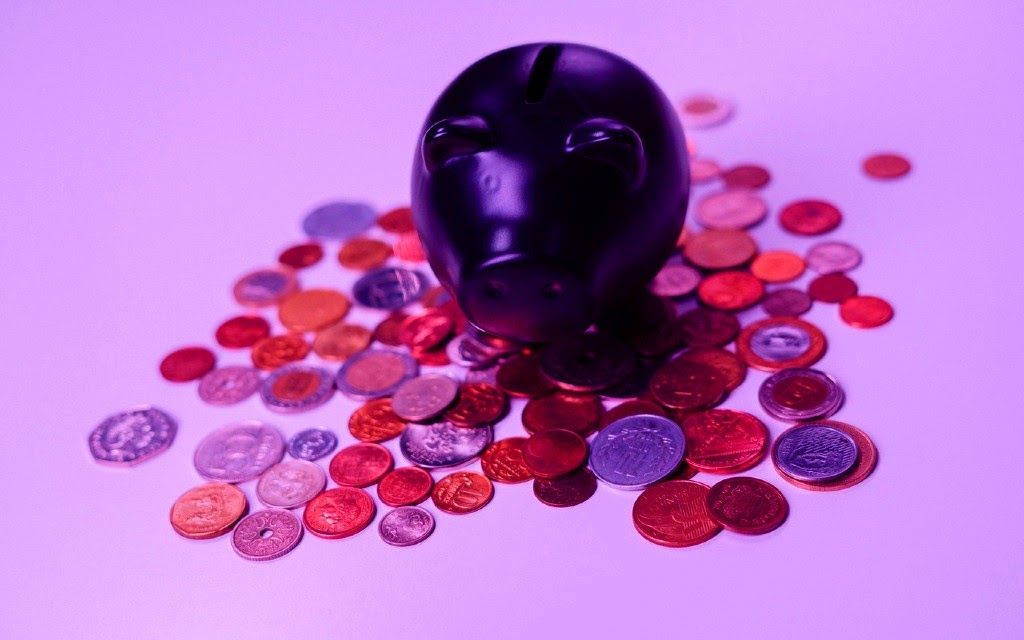We’ve worked with enough music artists to know you don’t create music simply as a hobby. It’s your job, and getting paid fairly for your hard work is as important as it is to anyone else. That’s where calculating your royalties comes in.
Ever since the release of iTunes in 2003 and Spotify in 2006, online streaming has become the go-to approach for most people to listen to their favourite artists. And that’s made calculating royalties trickier to navigate.
The way musicians get paid for digital streams is quite confusing but, as accountants for digital musicians, we’ve waded through this complicated territory before. Read on for our easy-to-understand guide on how to calculate royalties for your digital music.
What are royalties?
Let’s first start with the basics. First and foremost, artists aren’t paid in checks or cash, but royalties, which are payments that buy the right to use someone else’s property. This process is known as licensing.
There are two main types of royalties that every artist needs to know about.
First, there are recording royalties, which are paid to the rightsholder of a recording. Then, there are publishing royalties, which is the money owed to the songwriter(s) or owner(s) of an original composition.
How do artists and songwriters get paid?
A common misconception is that streaming platforms pay music artists directly. This isn’t the case – for either publishing or recording royalties.
Instead, at least in the case of recording royalties, they’ll pay the rightsholder who licensed an artist’s music.
The rightsholder is usually the record label, which coordinates the production and marketing of an artist. But, it can also be distributors, who license their music to sell in their shops, or aggregators, who specifically distribute music digitally and on a worldwide scale.
Publishing royalties, meanwhile, go to organisations such as publishers, collecting societies and mechanical agencies.
That means that the full total of the royalty that a streaming service pays is split between multiple interested parties. The amount an artist gets paid – and when – comes down to the agreement they strike with the rightsholders.
This means it’s vital you get the best possible deal with your rightsholders over the percentage of royalties you get – before they go to a streaming service to get your music to audiences.
As a benchmark, signed artists can usually expect to keep 50% of their recording royalties.
How do rightsholders get paid?
So music artists don’t get paid by Apple Music or Spotify directly, but royalties are instead divided between rightsholders and artists, according to a prearranged agreement.
But how do streaming services decide how much money goes to rightsholders in the first place?
Another common misconception about the digital music industry is that streaming services pay out based on the amount of streams a song gets. That’s not the case, though it can be a helpful way of working out how much you can expect (try out this industry-wide trusted calculator).
Instead, what your rightsholders get depends on their share of total streams on a platform. This can be affected by how exactly an artist’s music is streamed, and the agreement between rightsholders and the platform.
Not all streaming platforms will negotiate with individual rightsholders. For example, while this is standard practice at Spotify, Apple Music pays the same 52% headline rate to all labels, and the same headline rates to songwriters within every country and region.
Splitting royalties between artists
There’s one other party that we haven’t covered yet, and they play an important role in getting an artist’s music out to the world. The additional artists that helped in the production of music, whether they are featured on the track or not, are also entitled to royalties.
For featured artists, it’s simple: the revenue from publishing royalties is split between individuals, say of a band, according to the contribution they made to the creation of the music.
If one member created the song, then it’s ultimately the band’s decision on whether the songwriter will get a bigger cut than everyone else.
Non-featured artists – musicians you might bring in to help you with recording – aren’t entitled to publishing royalties, but they may be entitled to recording royalties, based on an agreement with the rightsholders of the music.
How much each individual and rightsholder receives is ultimately a business decision, not an emotional one, so if you require advice to get the most money out of your music, don’t hesitate to get in touch with us.
The post How to calculate royalties on digital music appeared first on Alchemy Accountancy.


